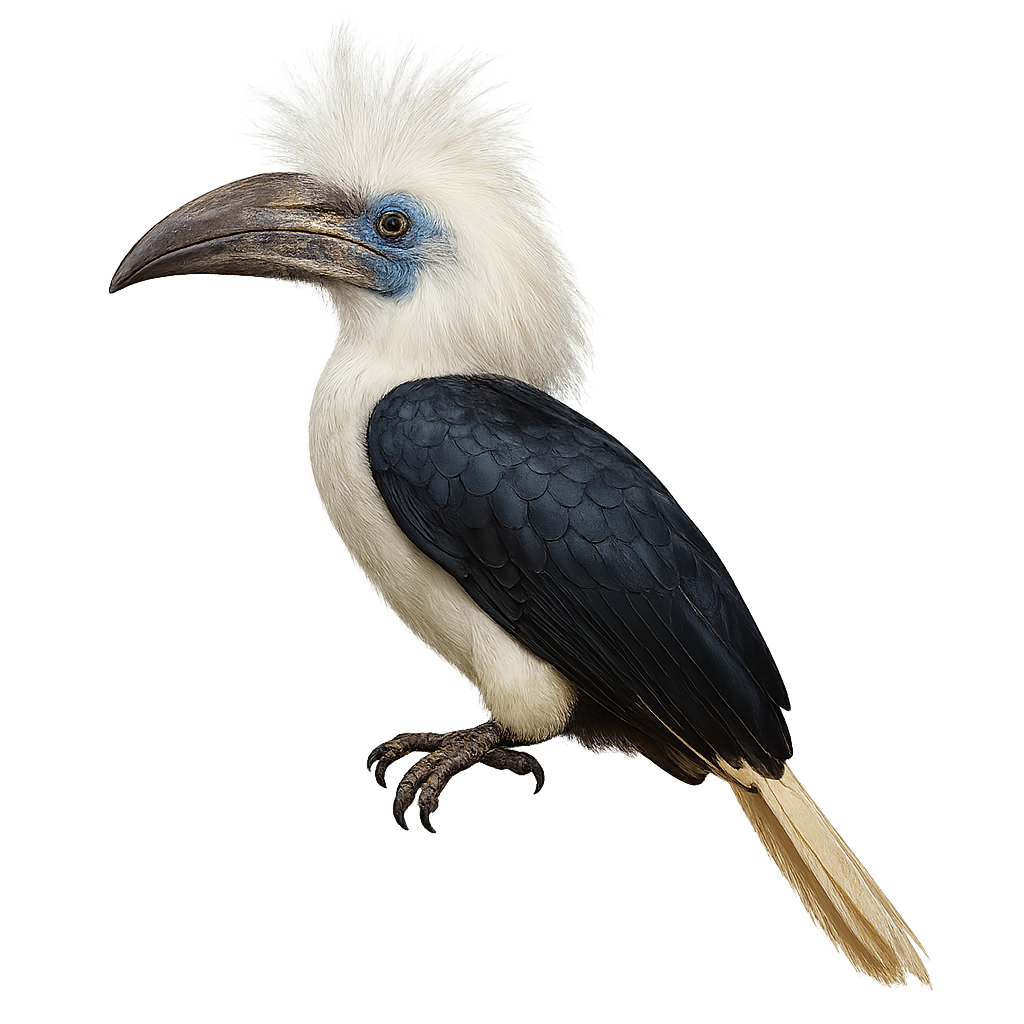Your wildlife photography guide.
Explore the white-crowned hornbill in detail, study its behavior, prepare your shots.
Where to observe and photograph the white-crowned hornbill in the wild
Learn where and when to spot the white-crowned hornbill in the wild, how to identify the species based on distinctive features, and what natural environments it inhabits. The WildlifePhotographer app offers tailored photography tips that reflect the white-crowned hornbill’s behavior, helping you capture better wildlife images. Explore the full species profile for key information including description, habitat, active periods, and approach techniques.
White-crowned Hornbill
Scientific name: Berenicornis comatus

IUCN Status: Vulnerable
Family: BUCEROTIDAE
Group: Birds
Sensitivity to human approach: Suspicious
Minimum approach distance: 10 m
Courtship display: February to March
Incubation: 38-40 jours
Hatchings: March to May
Habitat:
Tropical forests, rainforests, mangroves
Activity period :
Primarily active during the day, with peak activity in the morning and late afternoon.
Identification and description:
The White-crowned Hornbill, or Berenicornis comatus, is a fascinating bird from the Bucerotidae family, recognizable by its distinctive white crest adorning its head. This large bird, measuring about 80 to 90 cm in length, sports predominantly black plumage with white shades on the head and neck. Its long, curved bill is typical of hornbills, and it has bare skin around the eyes, often blue in color. The White-crowned Hornbill primarily inhabits the tropical forests of Southeast Asia, notably in Malaysia, Thailand, and Indonesia. Known for its social behavior, it often lives in small family groups. Its powerful call resonates through the canopy, adding a sonic dimension to its lush environment.
Recommended lens:
400mm – adjust based on distance, desired framing (portrait or habitat), and approach conditions.
Photography tips:
To photograph the White-crowned Hornbill, it is advisable to use a telephoto lens of at least 400mm to capture detailed images from a distance. Given its habitat in dense forests, it is essential to move quietly to avoid startling it. Look for clearings where the bird might perch or feed. The natural light filtering through the canopy can offer spectacular photo opportunities, so be ready to adjust your settings to capture these unique moments.
The WildlifePhotographer App is coming soon!
Be the first to explore the best nature spots, track rutting seasons, log your observations, and observe more wildlife.
Already 1 439 wildlife lovers subscribed worldwide

